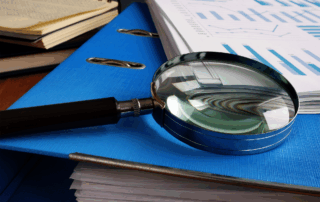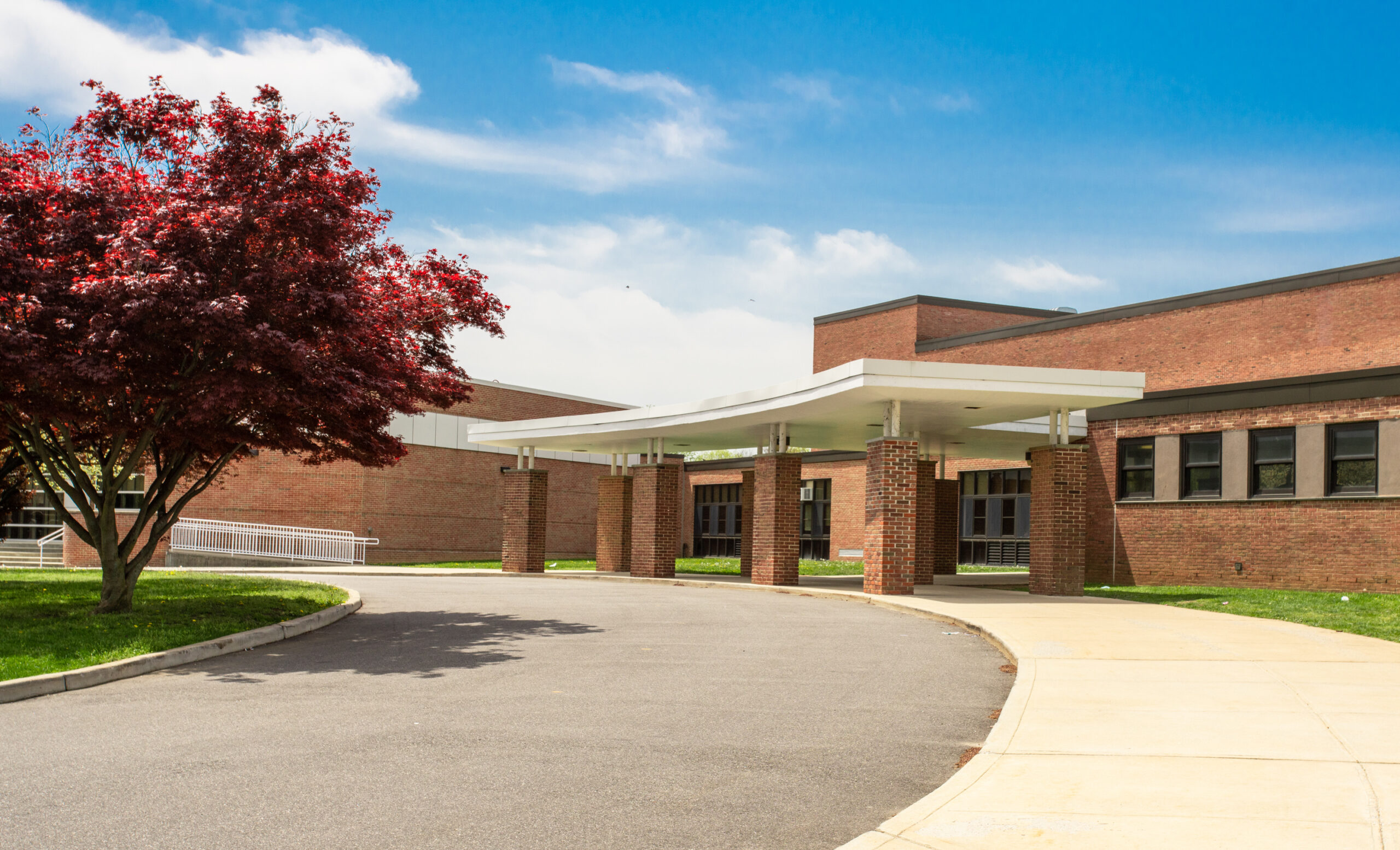Properly trained personnel are essential for well control activities. Well control consists of two basic components: an active component of monitoring the pressure of the drilling fluid, and blowout preventers as a passive component.
The first line of defense in well control is to have sufficient drilling-fluid pressure in the well hole. During drilling, underground fluids such as gas, water or oil under pressure (the formation pressure) oppose the drilling-fluid pressure (mud pressure). If the formation pressure is greater than the mud pressure, there is possibility of a blowout.
Process: Blowout Prevention Program
Hazards
- Receiving injuries caused by loss of well control
Solutions
- Appropriate training for tasks performed. Example topics include:
- Causes of kicks, including detection
- Pressure concepts and calculations
- Well control procedures
- Gas characteristics and behavior
- Constant well control methods on bottomhole pressure
- Well control equipment
- Regulatory information
- Use of appropriate well control equipment including:
- Specification
- Installation
- Maintenance
Process: Monitoring and Maintaining Mud System
Each part of the mud system must function and be in good condition in order to maintain well control. If the mud level increases, it may be a sign that a kick is in progress. On some rigs there is a mud-float-level gauge which sounds an automatic alarm if the mud exceeds a pre-specified level.
Hazards
- Loss of well control (blowout)
Solutions
- Keep the mud circulating system in good working order.
- Periodically check and maintain the properties of the drilling fluid, including proper pit level.
- Properly train crew in monitoring and well control procedures.
- Maintain a properly functioning surface control system.
Process: Installing Blowout Preventers (BOPs)
The BOP, accumulator and choke manifold are installed by the rig crew after the surface casing is set and cemented. The accumulator and choke manifold that is set into place during rigging up needs to be hooked up and tested. The choke-line valve is used to redirect the mud from the wellbore to the choke manifold during a kick. The kill-line valve is used to direct drilling fluid to the BOP during a kick.
Hazards
- Being crushed by falling equipment if hoisting slings fail
- Being struck by, pinched by or caught between equipment during installation
Solutions
- Ensure workers stand clear of equipment being hoisted and that tag lines are used where appropriate.
- Coordinate hoisting tasks with rig crew.
- Inspect the hoisting slings for wear before any hoisting operation.
- Ensure all personnel wear proper personal protective equipment.
Contact INSURICA today to learn more about your oil and gas coverage options.
This is not intended to be exhaustive nor should any discussion or opinions be construed as legal advice. Readers should contact legal counsel or an insurance professional for appropriate advice. © 2022 Zywave, Inc. All rights reserved.
Source: Zywave, NFPA
About the Author
Share This Story
Related Blogs
Group Health Premiums on the Rise: What Employers Need to Know
In 2025, rising group health premiums are becoming a central concern for employers. Carriers like UnitedHealth, Anthem, and CVS Health have issued projections showing significant cost increases—driven by escalating claims severity, specialty drug costs, and continued labor shortages across provider networks.
SECURE 2.0 Implementation: A New Era in Retirement Planning
The SECURE 2.0 Act, passed in late 2022 and now in active rollout through 2025, is reshaping the landscape of workplace retirement planning. Designed to expand access, modernize plan design, and improve financial preparedness, the law introduces over 90 new provisions—many of which are now surfacing in HR departments across the country.
Visitor Check-In and Access Control Best Practices
Visitor check-in and access control best practices are essential for ensuring campus safety. With increasing security concerns in schools, implementing visitor check-in and access control best practices helps minimize unauthorized access, protect students and staff, and ensure a safe learning environment.








